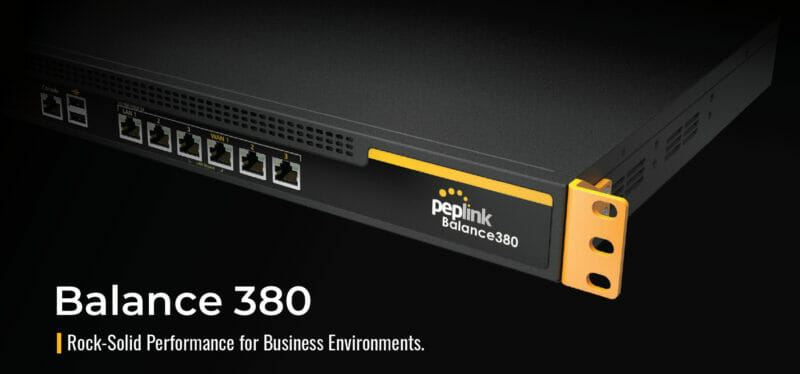SD-WAN stands for Software Defined-Wide Area Network.
The WAN or Wide Area Network refers to networks that cover large geographical areas. Typically you see this as the connection that brings the internet into your home or business. Your WAN source can be a cable connection, a dedicated MPLS line, DSL, Cellular, or any of several other technologies.
If your business has multiple locations, the available incoming WAN connections can vary from site to site. Each one of those different connection types and different providers will have their own set of characteristics, benefits, and limitations. SD-WAN still uses those various connections but presents a common connection to every computer or device inside your organization.
Using a VPN, regardless of which city, state or country your offices reside, every computer will be virtually connected. Perhaps most importantly, every branch and office network can be monitored and managed from any location in the network or from the web management platform where you can view and manage all devices from the network.
SD-WAN can also connect to any site using multiple connection strategies. Because the WAN coming into the office is virtualized, it doesn’t matter how it gets there. Your office can connect with a cable modem 98% of the time, but if the cable connection goes down, it can switch to a cellular back-up connection without the users even knowing it happened. Because the physical WAN used is being determined by hardware configuration, the exact same virtual WAN can use cable, cellular or even multiple connection types simultaneously and is transparent to the users.
There are other significant advantages to SD-WAN in addition to the virtual connections. The network software itself can constantly monitor WAN health and quality. Traffic flow patterns can be used to make sure bandwidth dependent services like voice calls and video transmission have clear paths and adequate bandwidth.
SD-WAN provides significant cost savings over traditional, hard-wired, MPLS connections. With MPLS networks every location requires a dedicated line from the same provider, and those private lines are expensive. SD-WAN can use any commodity connections available at each site. While MPLS networks are secure primarily due to their inherent isolation from any other networks, the ability to secure SD-WAN VPN tunnels with 256 bit AES encryption ensures that the VPN maintains security so that MPLS connections can be supplemented or even replaced entirely. SD-WAN allows for specified traffic to be directed out to the internet through particular physical WANs rather than over the VPN keeping sensitive company traffic encrypted and secure while not using additional resources for things like public Wi-Fi.
FrontierUS can connect you with the perfect partner for your SD-WAN needs.




